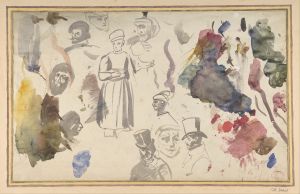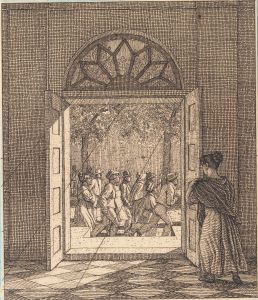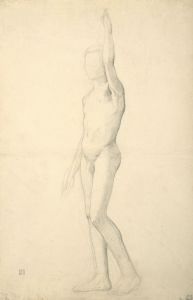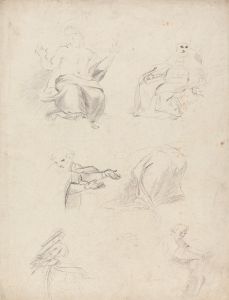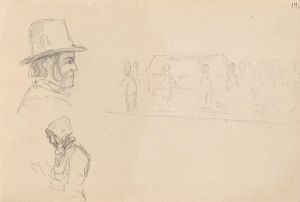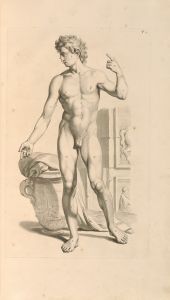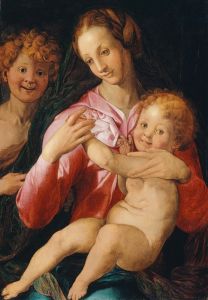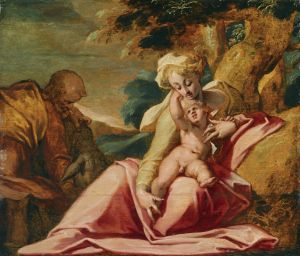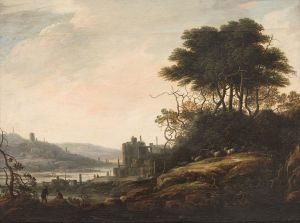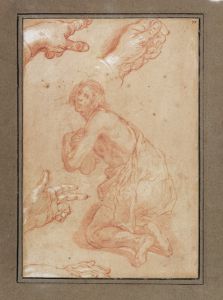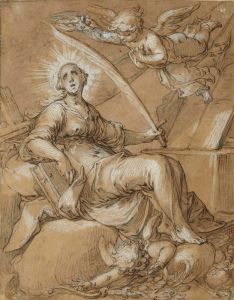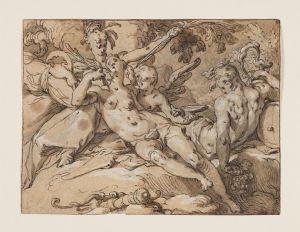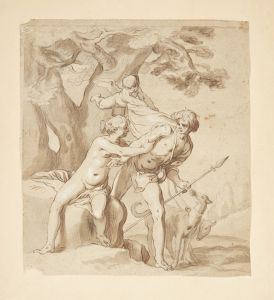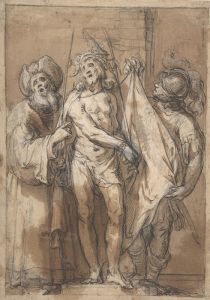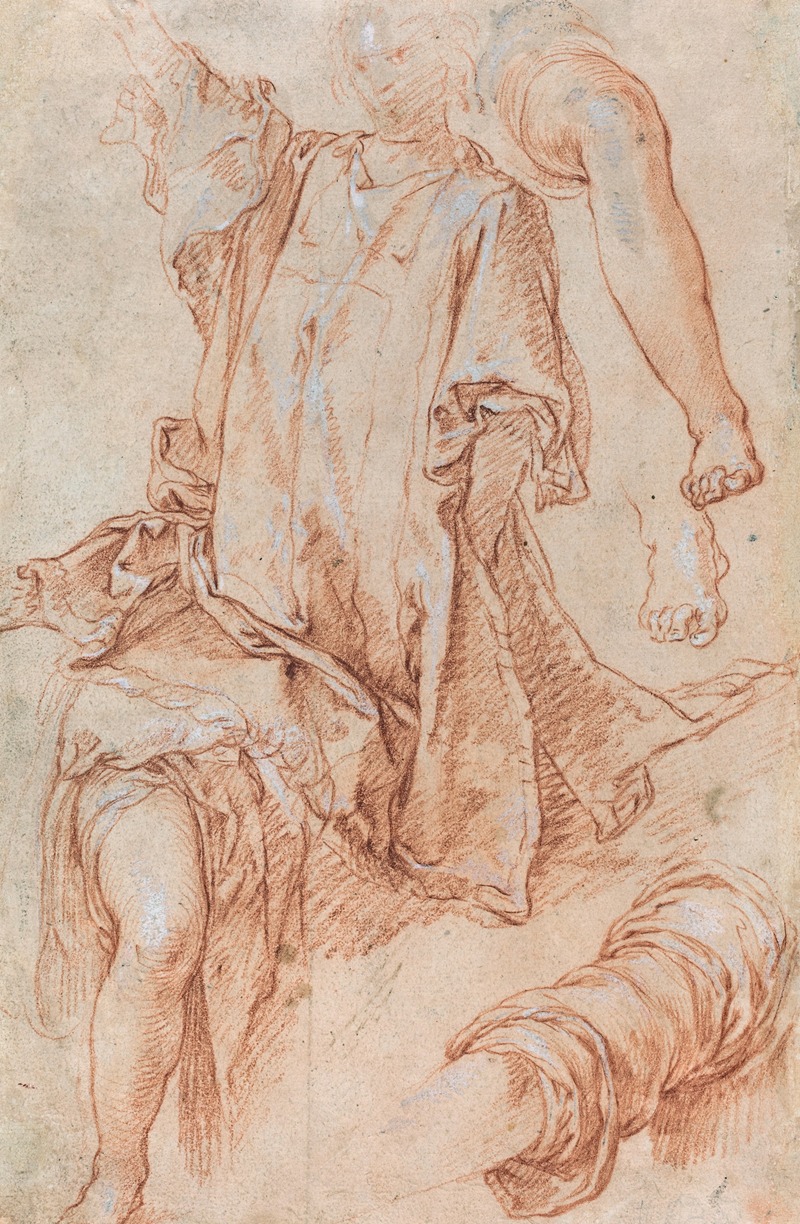
Studies of Legs and Drapery
A hand-painted replica of Abraham Bloemaert’s masterpiece Studies of Legs and Drapery, meticulously crafted by professional artists to capture the true essence of the original. Each piece is created with museum-quality canvas and rare mineral pigments, carefully painted by experienced artists with delicate brushstrokes and rich, layered colors to perfectly recreate the texture of the original artwork. Unlike machine-printed reproductions, this hand-painted version brings the painting to life, infused with the artist’s emotions and skill in every stroke. Whether for personal collection or home decoration, it instantly elevates the artistic atmosphere of any space.
Abraham Bloemaert (1566–1651) was a prominent Dutch painter and printmaker, known for his contributions to the Dutch Golden Age of painting. One of his notable works is "Studies of Legs and Drapery," which exemplifies his skill in drawing and his keen interest in the human form and the intricate details of fabric.
"Studies of Legs and Drapery" is a drawing that showcases Bloemaert's meticulous approach to studying anatomy and the way clothing interacts with the body. This work is a testament to his dedication to mastering the fundamentals of art, which was a common practice among artists of his time. By focusing on specific parts of the human body and the folds of drapery, Bloemaert was able to refine his technique and enhance his ability to depict realistic and dynamic figures in his paintings.
The drawing features several detailed studies of legs in various positions, along with the drapery that covers them. Each leg is carefully rendered, demonstrating Bloemaert's understanding of muscle structure, bone placement, and the natural movement of the human body. The drapery studies are equally detailed, showing how fabric folds and falls over the contours of the legs, creating a sense of depth and texture.
Bloemaert's approach to these studies was influenced by the artistic traditions of the Renaissance, which emphasized the importance of anatomical accuracy and the study of classical sculptures. His work reflects the influence of Italian masters such as Michelangelo and Raphael, whose works he would have studied during his training. Bloemaert's dedication to these principles helped him become a leading figure in the Utrecht School, a group of artists known for their detailed and expressive style.
In addition to his drawings, Bloemaert was also a prolific painter, creating works that ranged from religious scenes to landscapes and genre paintings. His ability to capture the human form with precision and grace is evident in many of his paintings, where the figures are often depicted with a sense of movement and realism that can be traced back to his detailed studies like "Studies of Legs and Drapery."
Bloemaert's influence extended beyond his own work, as he was also a respected teacher. He trained several notable artists, including Gerrit van Honthorst, Hendrick Terbrugghen, and Jan Both, who went on to become significant figures in Dutch art. His emphasis on the importance of drawing and studying the human form was passed down to his students, contributing to the overall development of Dutch art during the 17th century.
"Studies of Legs and Drapery" remains an important example of Bloemaert's dedication to his craft and his influence on the art world. It highlights the meticulous study and practice that underpinned his more finished works and provides insight into the methods and techniques that were valued by artists of his time. Today, this drawing is appreciated not only for its technical skill but also for its contribution to the understanding of artistic practices during the Dutch Golden Age.





